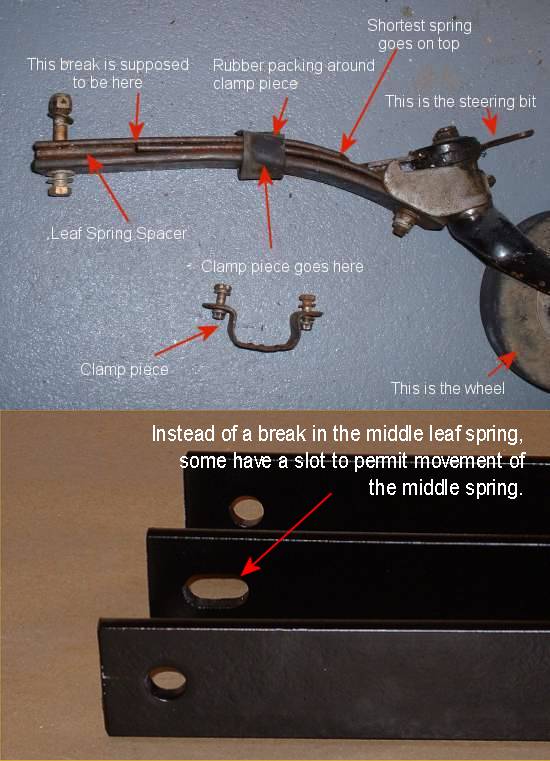Well, we have the paint on the fuse and tail. Looking through the parts, I've found the tail brace rods are missing.
Any extras out there?
Anybody made their own and have the specs on them?
Thanks.....
Aaron
Any extras out there?
Anybody made their own and have the specs on them?
Thanks.....
Aaron


Comment